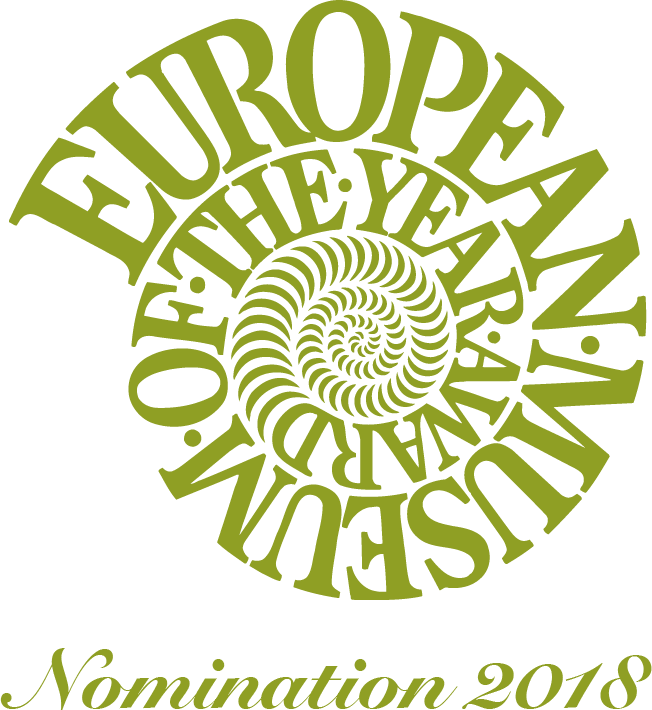The famous Colarossi Academy is no longer a secret. A progressive school and a pioneer in the avant-garde, it was home to the greatest artists of the late 19th and early 20th centuries. Among its members were Hermen Anglada Camarasa, Isidre Nonell, Maurice Prendergast, Camille Claudel, Paul Gauguin, Jeanne Hébuterne, Amadeo Modigliani and Alfonse Mucha.
Nevertheless, who was its creator, Filippo Colarossi, really?
Of Italian origin, Colarossi was born in a village south of Rome into a poor family. In spite of himself, he witnessed the violent unification of Italy. His village was then in the hands of the anti-pope nationalists. Later incorporated into the Kingdom of Italy, the Colarossi family was stripped of all its possessions. Filippo’s brother, a fervent Catholic, had the idea of leaving for France. The two of them arrived in Marseille, then in Lyon and finally in Paris where their third brother was waiting for them.
In order to find work quickly and knowing that they did not yet speak French, Angelo, Antonio and Filippo became models in artists’ studios. This demanding work, which imposes uncomfortable positions to hold for hours, will make their fame. Angelo later moved to London, where he was the model and assistant to the great Alfred Gilbert, while Filippo became the best-known model at the École Impériale des Beaux-Arts on the Left Bank. It was there that he met the painter Jean-Louis-Ernest Meissonier who helped him buy the Colarossi Academy.
Everything seemed to work out for him. He married his first wife, Ascenza Margiota, and became the proud father of Ernest Flore Colarossi, Maria Colarossi and Malia Colarossi. The Academy grew and became one of the Parisian references.
A true workaholic, Filippo nevertheless found time to escape. At the beginning of the 1890s, he developed a passion for cycling. He also participated in the organisation of a race that became known as “La Course des Trois Arts”. Several prizes were offered: medals, tyres or magazine subscriptions. Colarossi offered a free term at his school.
Nevertheless, the Academy was eventually overtaken by its counterpart, the Académie Julian, whose teachers ruled the Salons and favoured their students. As the Italian’s fame waned, he acquired the image of a bohemian man who cultivated an aristocratic appearance. He began to frequent the chic cafés. He indulged in the pleasures that Paris offered at that time. Women and alcohol began to take their toll. His taste for gambling and epic bets ruined him and forced him to abandon his academy in 1901. He died a few years later, in 1906, leaving the management of the Colarossi to the creditors. It was not until 1912 that it was taken over by his son, Ernest.
According to some sources, Colarossi’s second wife, whose identity is not known, set fire to the archives because of her husband’s infidelities, which precipitated its closure. Although it is often said that the centre closed in the 1920s or 1930s, some reliable sources point to the fact that Colarossi was still active until the 1950s.


